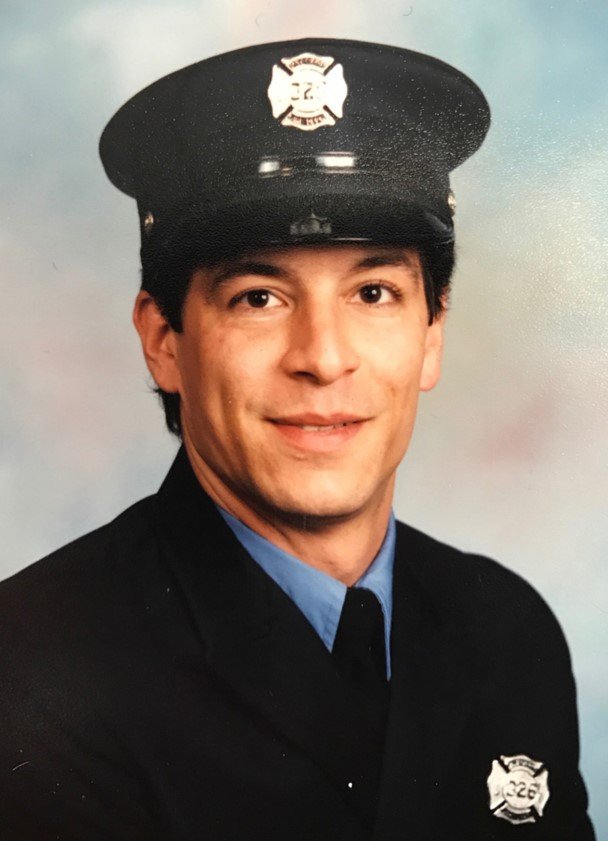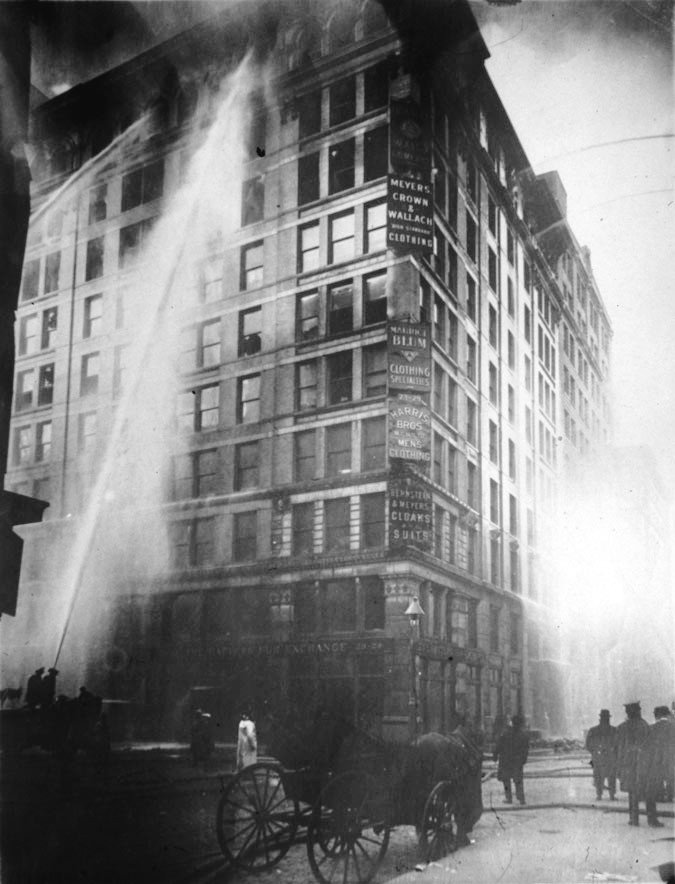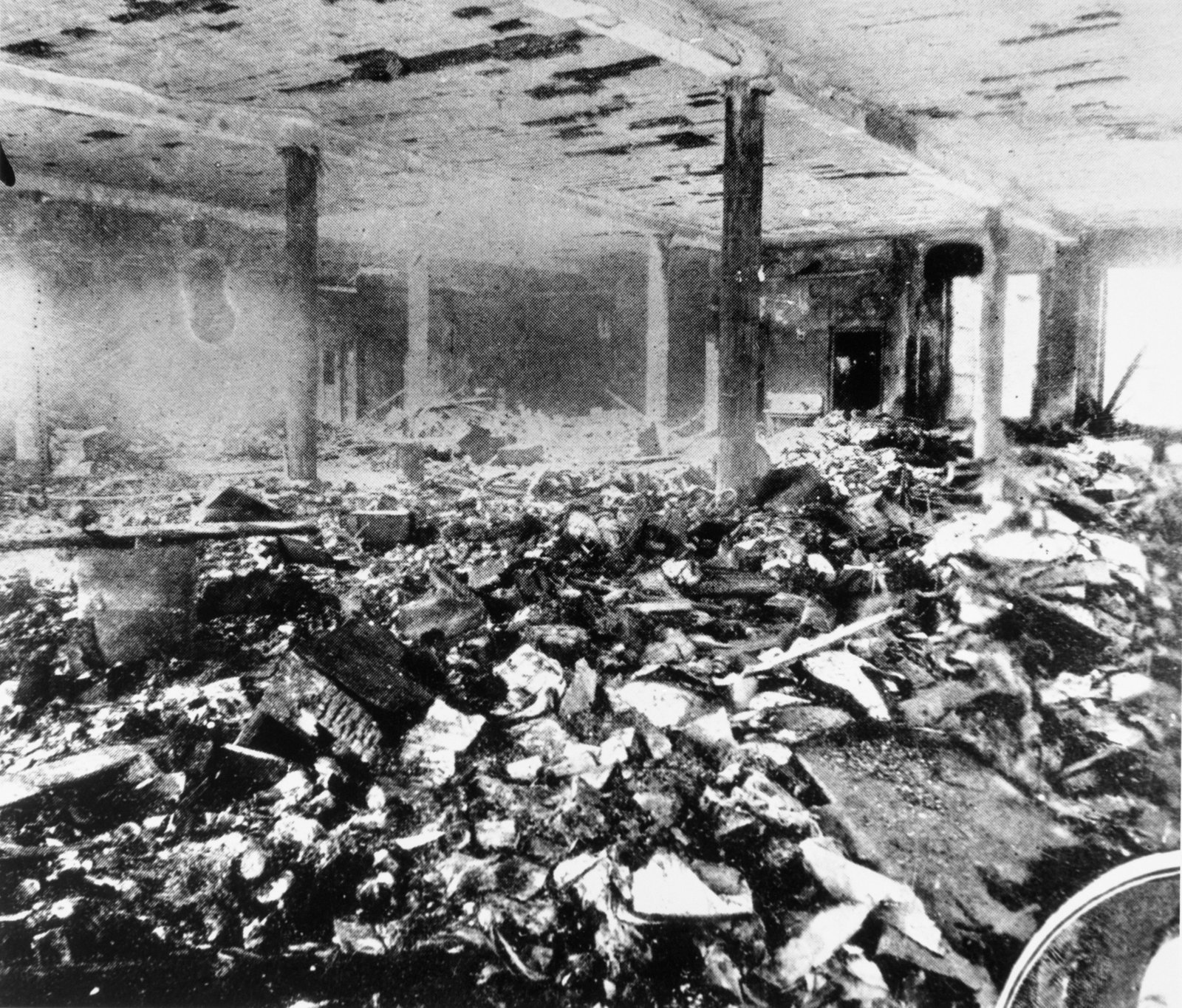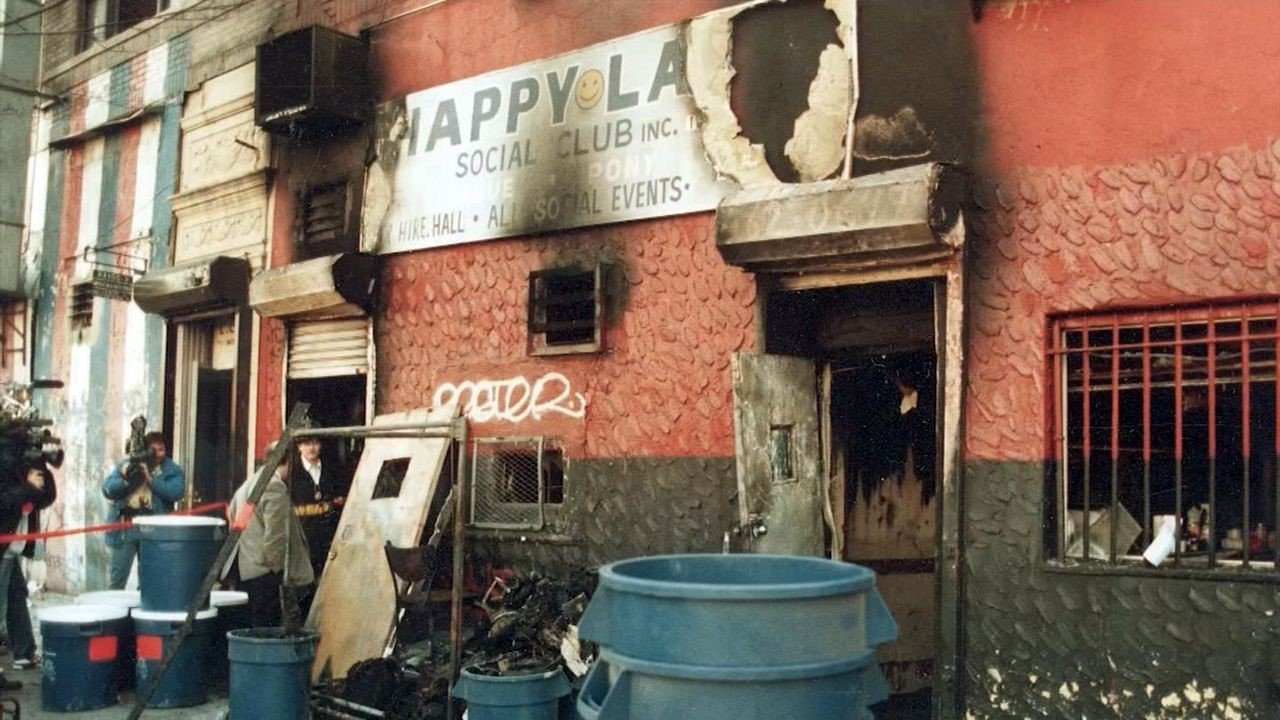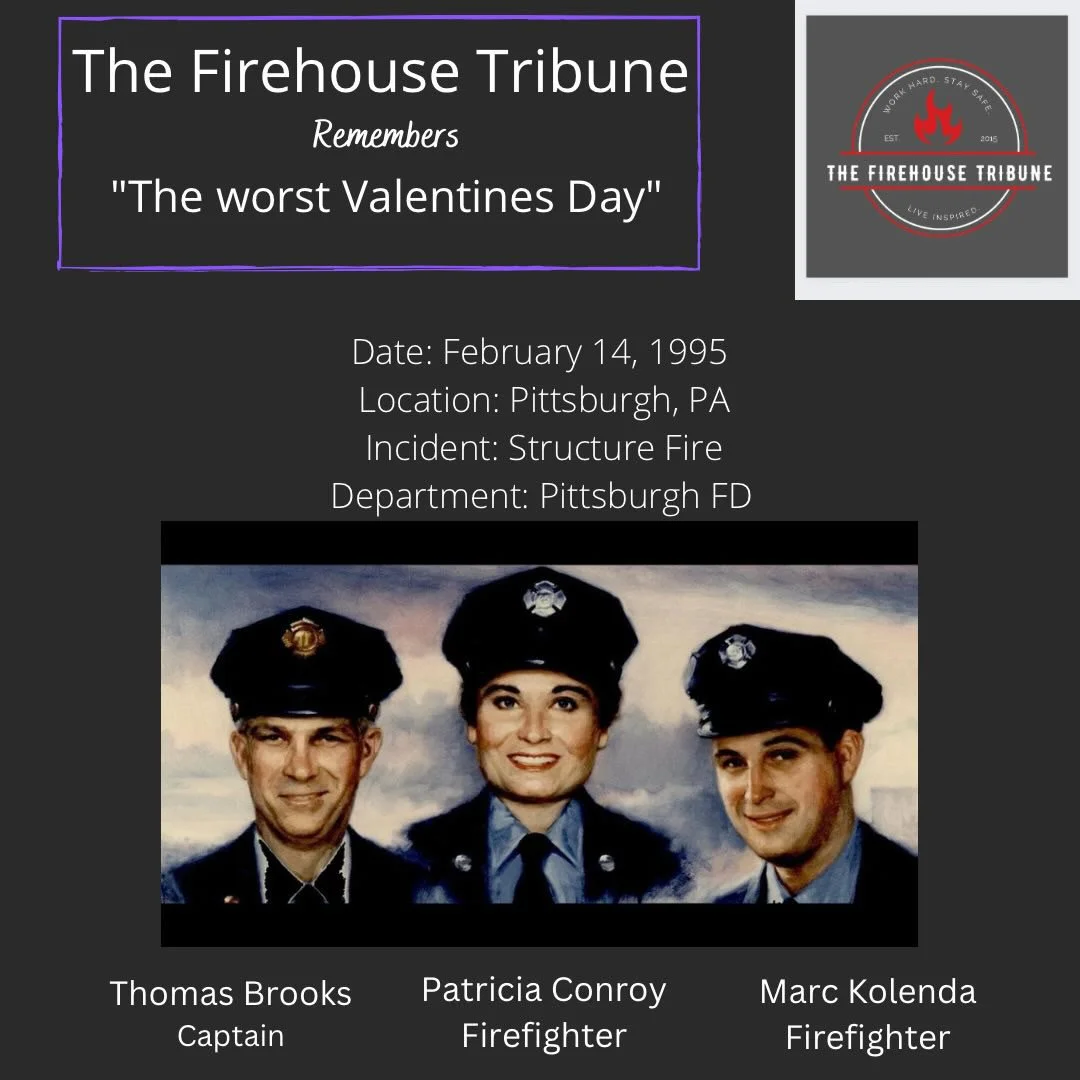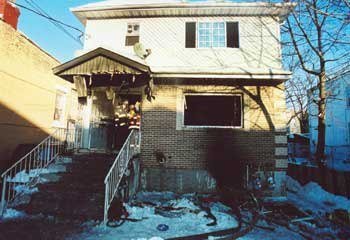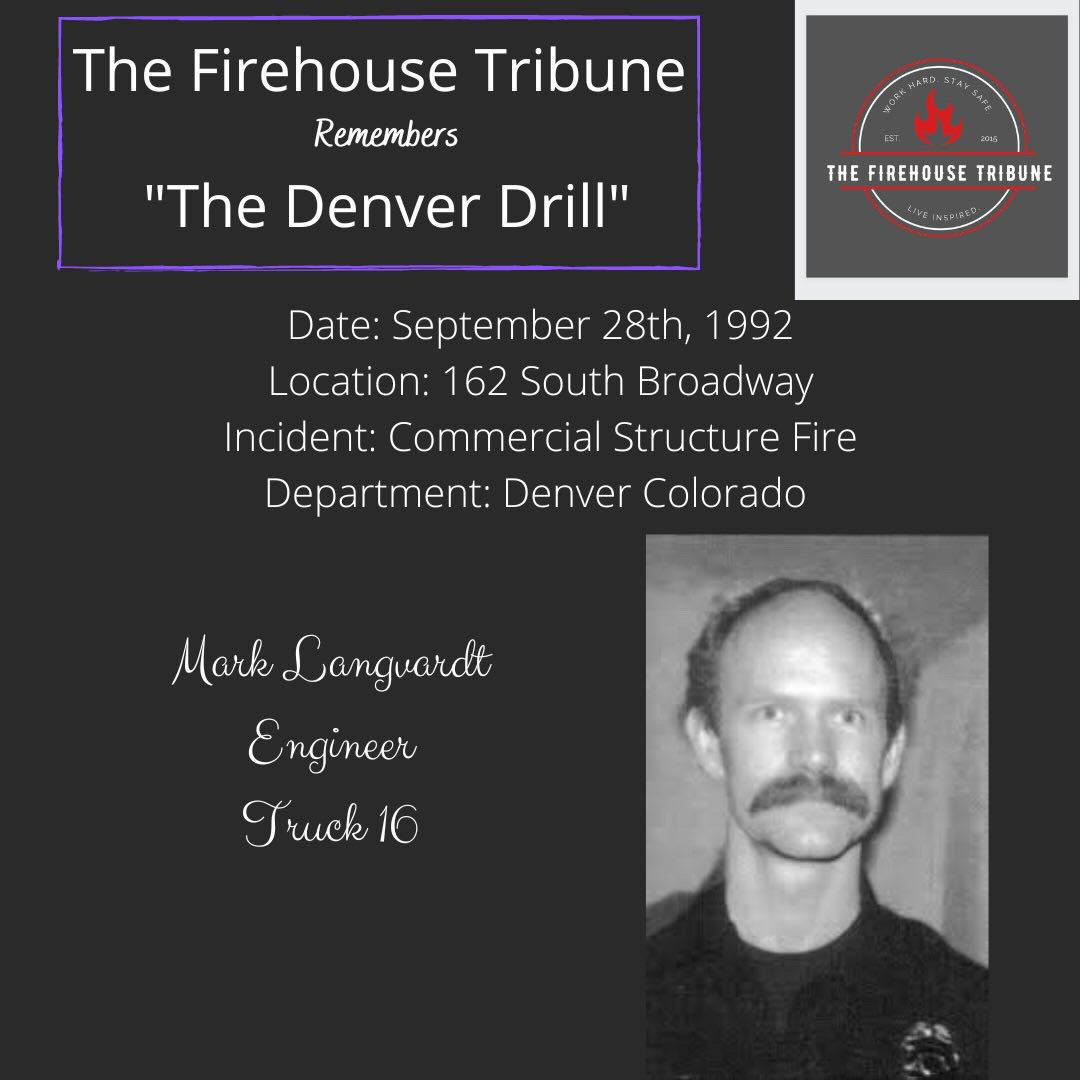Remembering Firefighter George Jackson
On October 21, 1990, Firefighter George Jackson was assigned to engine company that was dispatched to a report of a stove fire at an occupied two-story brick row house in Camden, NJ. Upon arrival, firefighters found smoke showing from the rear of the structure causing the company officer to call for a box assignment at the location. Firefighter Jackson and his crew was shortly thereafter assigned to fire suppression and advanced a handline into the structure and conducted a search of the first floor.
When the ladder company arrived on scene and entered the structure with their crew, Firefighter Jackson split from the engine company and joined the ladder company to the second floor of the structure and began assisting in search. It was at this time that the fire in the kitchen on the first floor had proven too difficult to control along with the pump operate having difficultly opening the fire hydrant in front of the house to establish a water supply. Due to the issue with the hydrant outside, the pump operator of the engine radioed that crews should back of the structure due to water supply issues.
At this time, the fire in the kitchen had began to spread rapidly prohibiting the firefighters from the ladder company on the second floor to exit the structure due to heat and fire conditions on the stairs. Three of the firefighters retreated back to the second floor and were able to exit the structure through second floor windows however, Firefighter Jackson was overcome by the conditions inside the structure and was unable to exit.
Later arriving fire companies were able to establish an alternate water supply and suppress the fire that had spread onto the second floor. It was at this time, where firefighter accessing the second floor over ground ladders found Firefighter Jackson just inside the window and was extricated shortly thereafter. He suffered from critical hand and face burns and was transported to a nearby hospital.
Firefighter George Jackson remained in a coma until his death on March 7, 2006 at the age of 67.
We remember…
Firefighter George Malcolm Jackson, Ladder 2, Camden Fire Department (NJ)


